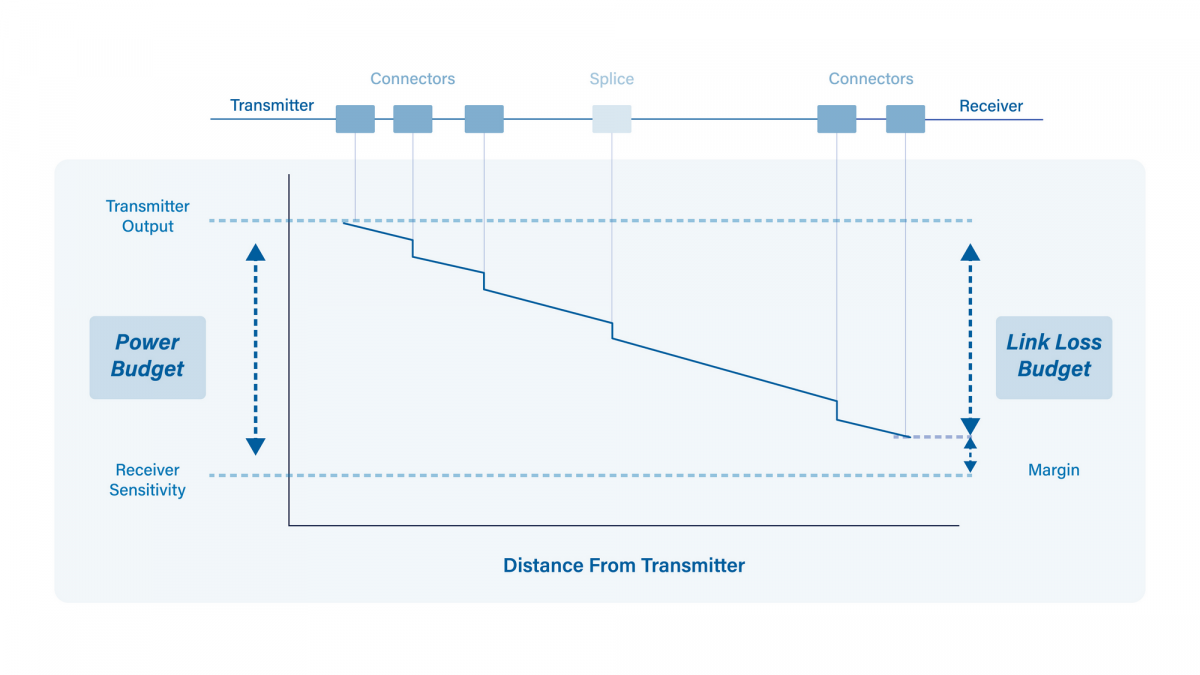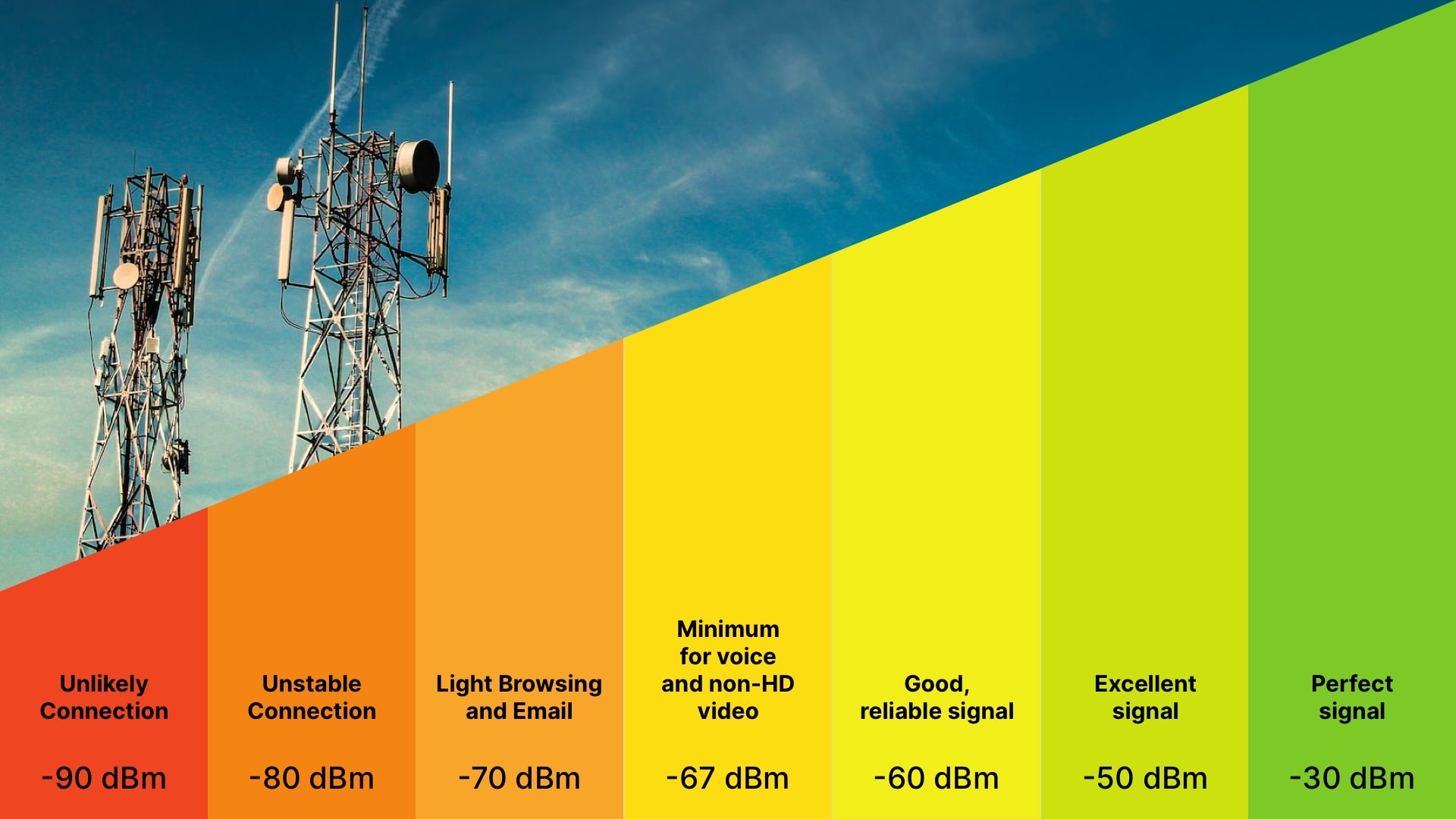Contents

Source: Profitap Blog
<>
Understanding dBm in Photonics and Electronics
What is dBm?
In electronic engineering and photonics, power levels are often specified using dBm values, which represent a logarithmic measure relative to a reference power level of 1 mW. dBm is a dimensionless unit that indicates a power ratio rather than an absolute power value.
Examples of dBm Values
For instance, 0 dBm corresponds to 1 mW, 10 dBm to 10 mW, and 20 dBm to 100 mW. Each 10 dBm increase represents a tenfold increase in power, such as that provided by an optical amplifier with a 10 dB gain.
Applications of dBm
dBm values are commonly used in systems with amplifiers, where adding amplifier gain in dB allows for easy calculation of the amplified power level in dBm. They are prevalent in optical fiber communications to account for gains and losses in fiber amplifiers, splices, and passive fibers. Devices like optical spectrum analyzers and power monitors often display readings in dBm.
dBm in Electronics
In electronics, even voltages and currents, such as those in audio signals, can be expressed in dBm by assuming a specific impedance reference value, like 50 Ω or 600 Ω. This allows for the calculation of electrical power associated with a voltage or current, yielding the corresponding dBm value.
dBm in Spectral Quantities
When dBm is used in spectral quantities, it may seem confusing. For instance, specifying spectral flux in dBm/nm does not mean “dBm per nanometer” but rather “dBm in a 1 nm bandwidth”. Increasing the reference bandwidth would not double the dBm value but increase it by 3 dBm.
Conclusion
Understanding dBm values is crucial in various fields, including photonics and electronics, for quantifying power levels in a logarithmic scale relative to a standard reference point. Whether in optical communications or electronic circuits, dBm provides a convenient way to express and calculate power levels accurately.

Source: MyAmplifiers
Feel free to comment your thoughts.



